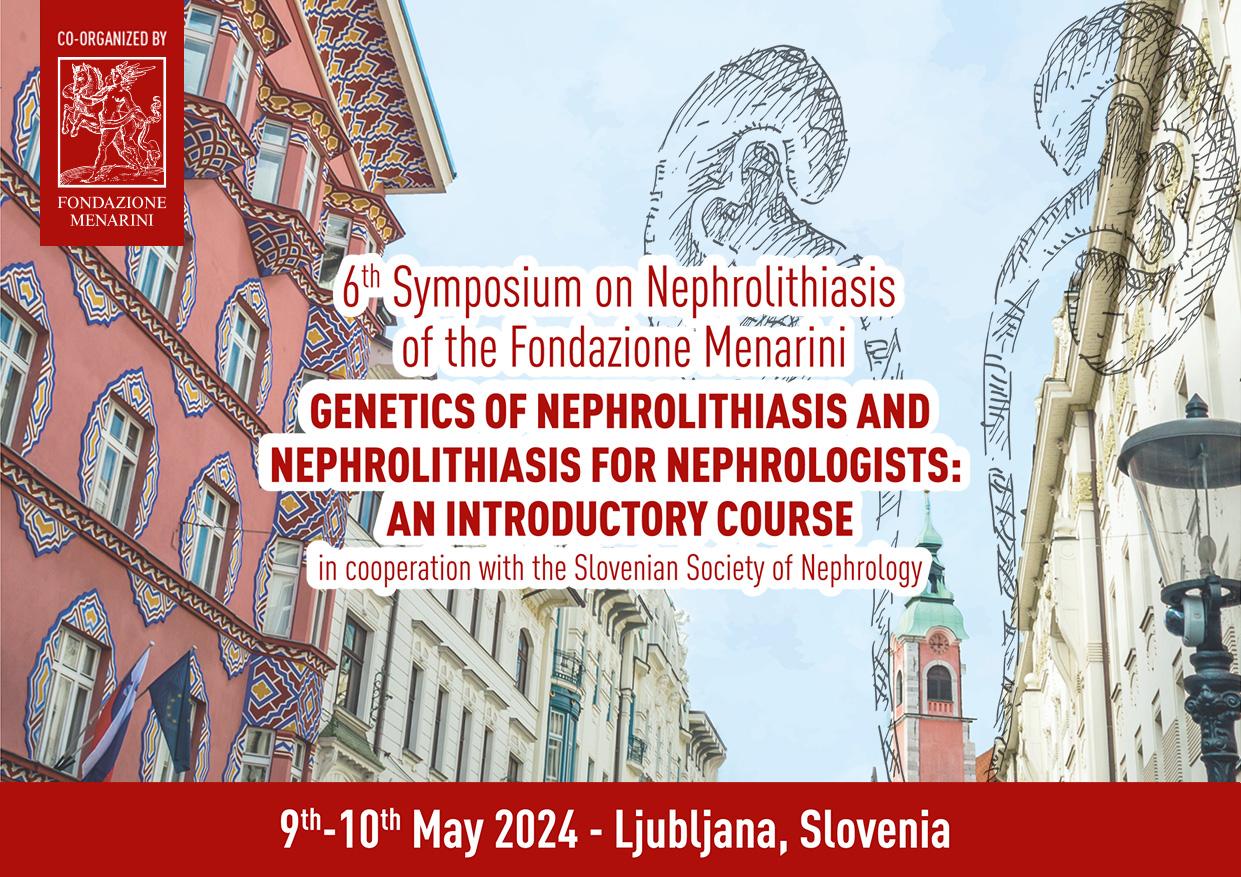
Sarah Howles
Sarah Howles
I am a clinician scientist with an interest in the genetic architecture of urological conditions; my group focuses on the mechanisms leading to nephrolithiasis. Ongoing and recently completed projects that I would like to highlight include: 1. Defining genetic and metabolic risk factors for kidney stone disease. Using data from the UK Biobank, FinnGen, and Biobank Japan we have undertaken genome wide association studies of kidney stone disease to increase understanding of the genetic factors that lead to this disorder. These studies have enabled the identification of variants associated with kidney stone disease and implicated vitamin D metabolic pathways and perturbations of CaSR-signalling in the pathogenesis of nephrolithiasis. Furthermore, the generated data has allowed us utilize Mendelian randomization to demonstrate that increasing adiposity leads to a greater risk of developing kidney stone disease via alterations in calcium homeostasis. We are currently undertaking studies that leverage metabolomic and proteomic data released by the UK Biobank to identify the metabolic pathways that underlie these observations. 2. Identifying novel therapeutic targets for the prevention of kidney stone disease. Using Mendelian randomization and co-localization techniques, we have identified three proteins that may represent novel therapeutic targets to prevent kidney stone disease. We are extending our studies to identify additional drug targets and undertaking phenome-wide association studies to reveal potential off-target effects of medications. 3. Functionally characterizing genetic variants associated with kidney stone disease. Using ATAC- and ChIP-seq we have undertaken functional fine-mapping of disease associated variants in renal cell lines. Via Chromatin-capture techniques, we are mapping effector variants to causal genes and investigating the effects of the proteins encoded by these genes on cellular function. In addition, we are functionally characterizing rare variants associated with disease phenotypes in vitro and using drugs to modulate biological pathways. Selected publications: 1. Lovegrove CE, Besevic J, Wiberg A, Lacey B, Littlejohns T, Allen NE, Goldsworthy M, Kim J, Hanan F, Curhan GC, Turney B, McCarthy M, Mahajan A, Thakker RV, Holmes M, Furniss D, Howles SA. Associations of adiposity, kidney stone disease, and serum calcium concentrations; observational and genetic epidemiological studies. https://www.medrxiv.org/content/10.1101/2022.06.10.22276271v1. 2. Howles, SA*, Wiberg A*, Goldsworthy G, et al. Genetic variants of calcium and vitamin D metabolism in kidney stone disease. Nature Communications 2019, 15(10):5175. *Authors contributed equally. 3. Howles SA*, Hannan FM*, Babinsky VN, Rogers A, et al. Cinacalcet therapy for hypercalcemia associated with AP2S1 mutations. The New England Journal of Medicine. 2016, 374(14):1396-8. *Authors contributed equally. 4. Nesbit MA*, Hannan FM*, Howles SA*, Babinsky VN, et al. Mutations affecting G-protein subunit α11 in hypercalcemia and hypocalcemia. New England Journal of Medicine. 2013, 368(26): 2476-2486. *Authors contributed equally. 5. Nesbit MA, Hannan FM, Howles SA, Reed AA et al. Mutations in AP2S1 cause Familial Hypocalciuric Hypercalcaemia Type 3. Nature Genetics 2013, 45(1):93-97.







